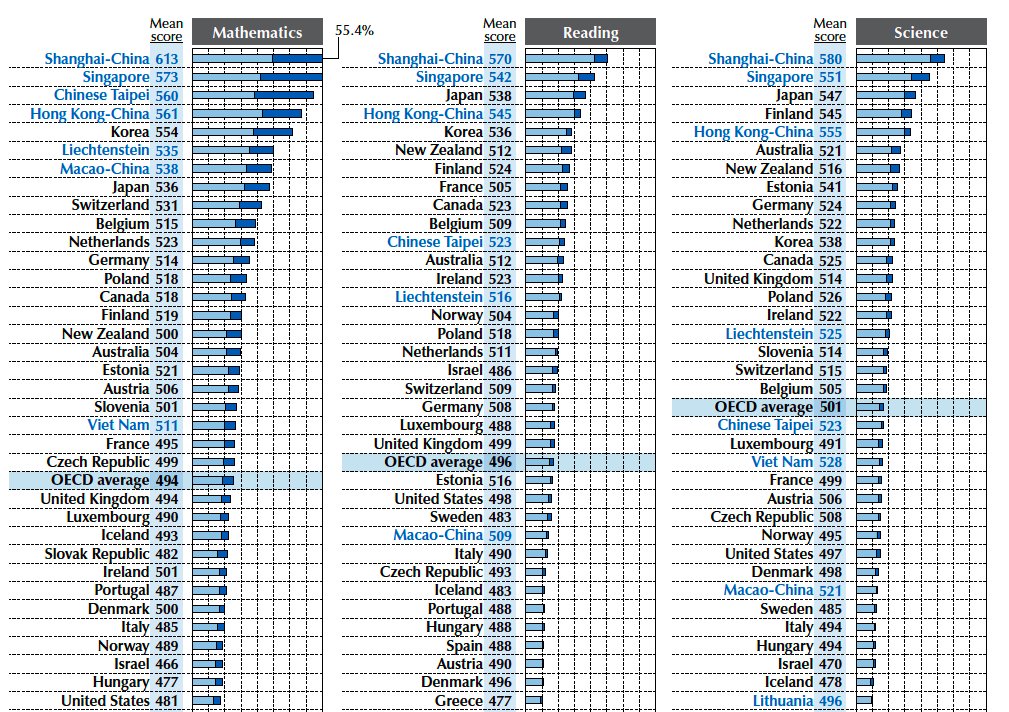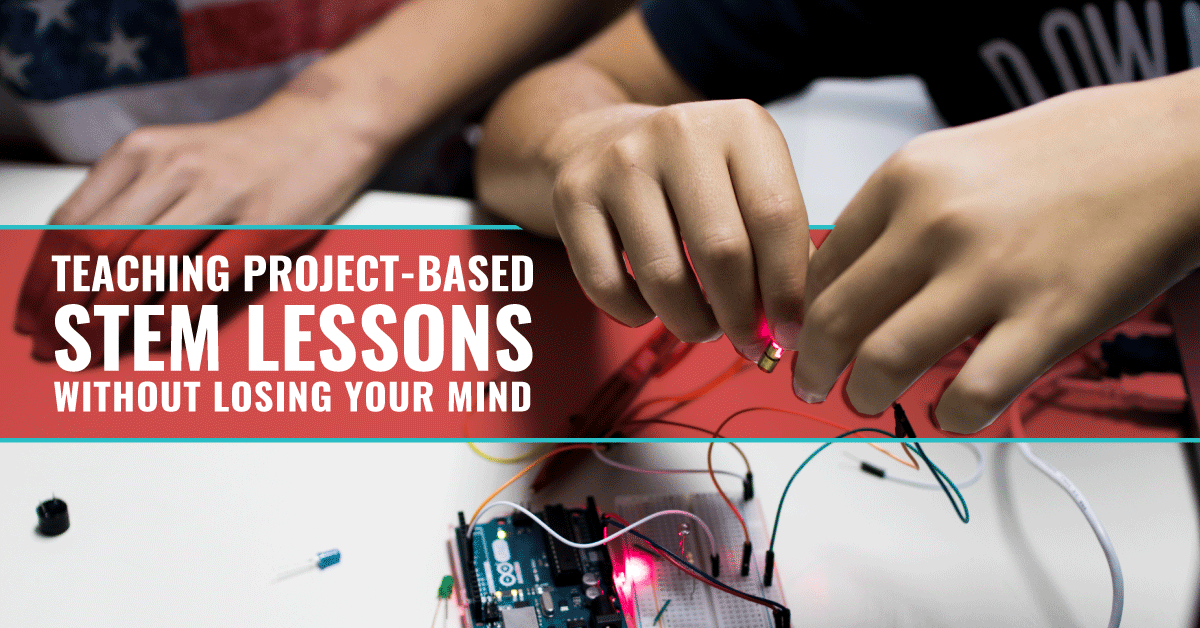Technology is adding to the capability of robots, while simultaneously removing the role of humans. STEM education will be the one put to the test when the most powerful governments of the future will be made of citizens that have a universal education in computer science.
When you were a young adult, did you have a job while you prepared for your career?
Perhaps you…
Worked in a local warehouse packaging items?
Managed the phone as an operator?
Worked the projector at your movie theater?
Processed photos at your town store?
These jobs have two things in common.
- They employed millions of people studying which then became talented CEOs, doctors, lawyers, scientists, and other careers.
- They are now mostly, if not all, automated by computers.
Turn off the walkman and take the jean jacket off! The glory days are over and our society has important questions that we’ll need to address in the next few years, such as:
How do thousands of college students working checkout at retail stores afford tuition when they’re replaced with automatic payment processors?
How do hundreds of thousands of moms feed their children when their waitressing job is replaced by automated ordering systems?
What do the 3% of all working Americans do when autonomous cars take their jobs as drivers?
The only survivors of this automation process will possess human capital advantages that affordable robots won’t yet be able to replicate, like the arts or complex decision making. For the billions of children that aren’t going to be Pablo Picasso or Michael Jordan, they’ll most likely have to study science, technology, engineering, or math in order to learn how to create and manage technology. These topics all group together under the term “STEM Education”.
Are We Losing More Jobs Than We’re Replacing?
In 2020, there will be an estimated 5 million jobs lost from technology automation
STEM education one of the largest sociological and economical responsibilities facing the 21st century. Teachers around the world must teach millions of children how to speak the language of technology, while many of them are tech illiterate themselves.
This language takes many shapes and forms but is popularly known as Java, Python, Php, etc., and are grouped in the common term known as “computer programming”.
If educators are not able to create more programmers than jobs lost from automation, we will have the largest wave of unemployment in human history.

Stated in a recent interview, Elon Musk predicts dangerous and inevitable unemployment rates resulting from technology and job automation reaching as much as 12-15%.
A 12-15% unemployment rate can have serious repercussions that may set our society back in time.
To give you an idea of how detrimental those numbers are, in October of 2009 during “The Great Recession” the United States unemployment rate was 10%, which is 5% lower than the 15% rate during the Great Depression in 1931.
It is undisputed that anything to do with programming and technology will be the most common form of employment and high wages for our youth. So how much do you think governments are spending on the investment of human capital to understand this language?
How Much Is Being Invested Into STEM Education?
The United States spent about $15,000 on each person in elementary, high school, college, and vocational training government funded programs in 2010. Which was the highest amount out of any country in the world.
This fact shouldn’t be surprising. America has the greatest and most powerful economy ever cultivated so they should be spending more on their students if they have the cash.
So with the most powerful economy ever cultivated, you would think the United States should be receiving the best return on its investment… right?
Wrong!
The United States spends more than any other school but still performs worse in math and science than other nations like Korea and Vietnam that spend almost a fraction of what they spend.
But total spend isn’t fair. There is only so much you can spend of what you have on something like education. We still have to feed people on the streets at the end of the day.
Percent of Nation’s GDP would be a better evaluation.
European countries have always taken a more aggressive stand on education than America so you would see typical numbers in those that scored higher like Sweden’s 7.7%.
But the other European nations that performed well, such as Ireland 5.3 % and Germany 4.9% is actually about the same at the United States’ 4.9%.
Buying your way to the top spot in education isn’t possible.
Countries like Singapore prove that when their GDP % spend on education is around a 3.3% but their math results are still #1, money isn’t going to be the vehicle to success.
So if it doesn’t matter how much you spend on STEM education to be successful, then the process must be the differentiating factor.
How Is STEM Education Being Taught?
By 2020, there will be 1.4 million computer specialist job openings, according to the U.S. Department of Labor. But projections show universities are not likely to produce enough qualified graduates to fill 30% of these jobs.
Most American classrooms still have individual row seating, long multiple choice question testing, and one-sided lectures that only cater to auditory learners. Students are often left to do most of the learning independently and are scolded if they ask peers for answers or help on tests.
Countries that rank much higher than the United States seem to have re-thought the way that they educate their students. For example, Japan doesn’t believe classroom learning to be an individual experience. In a Japanese classroom, you will find teachers dictating a problem to students, the class than working together on the problem, and finally students working through more of the same problems together. They traded “I, We, You” for “You, Y’all, We”.
You may think… is it really good to put faith in students teaching other students? Students learning from other students may not be a world off from the “qualified” teacher up in the front of the room.
A survey was released from the National Center for Education Statistics in the United States.
It found that fewer than half of the chemistry and physics teachers surveyed majored in those subjects and a quarter of math teachers don’t hold math degrees.
Shouldn’t the people teaching our children, AKA our future, have studied what they are teaching?
You’re probably right, but if you’re blaming teachers you’d be wrong. We can’t blame teachers for this issue. They aren’t prepared with nearly enough resources to teach all the students at one time.
And consider this – if they knew how to program well… do you really think they would settle for a teacher’s salary?
Luckily, parents don’t need to rely on their (or the science teacher’s) programming ability for their child to receive a well-rounded STEM education.
How Can Families Win The War Against Job Automation?
“$3,000 a year for tuition, $350 for a Lego robotics set, and $7,300 to test the newly acquired engineering skills in a competition in the U.S.”
Chinese “Tiger Moms”, are the STEM version of the United State’s “dance moms” but without the drama. They are dedicated, determined, and active in their child’s success.
Chinese mothers should have a reason to be active too. The problem is magnified in China compared to America due to the population size.
“By 2030, China is predicted to have as many as 200 million graduates—more than the entire U.S. workforce. As it is now, 40 percent of tertiary students in China obtain a STEM qualification, compared to less than 20 percent in the U.S. and France.”
The important concepts to take away from Tiger Moms are gamification and participation.
STEM education is like any other topic that children (and even adults) participate in. There must be a level of gratification given upon completion of the assignment. You aren’t just going to do something because it’s in the “best interest” of society.
Evolution doesn’t work that way. When our ancestors did something that kept them alive, it felt good and they were rewarded with dopamine.
If we want our children to learn and retain the information we teach them then we must play with them and show them that completing a project with your own hands creates dopamine.
This is the reason why companies like Duolingo, a popular language learning app, have 100 million students and zero teachers.
“We have found that the reason people join our subscription is because learning becomes so effective when you create a fun and easy environment to do it in.” Chris Gatbonton, the founder of the programming curriculum Creation Crate, stated.
Creation Crate’s goal is by 2020, to fill almost a quarter of the technology employment gap and have over 250,000 students in their curriculum, proficient in the language of technology. In order to accelerate this goal, they have decided to donate 10% of their sales to educational non-profits like code.org, Understood.org, Donorschoose.org, CoderDojo, One Laptop Per Child, and many more that recommend and support Creation Crate!
The shortage of programming talent is not a shortage that will last long. Humans have evolved to this status for a reason. Our greatest asset is the ability to adapt to our environments. The real question you have to ask yourself is WHO will take the positions and learn the language of technology. It will not go to the wealthiest or most successful nations but the ones that make learning a priority.
If the government can’t find ways to fund the information that will best prepare people for future employment, then we must rely on companies and parents to get actively involved. We can’t stop job automation, but we can still have an opportunity in the technological world if we learn it’s language.




